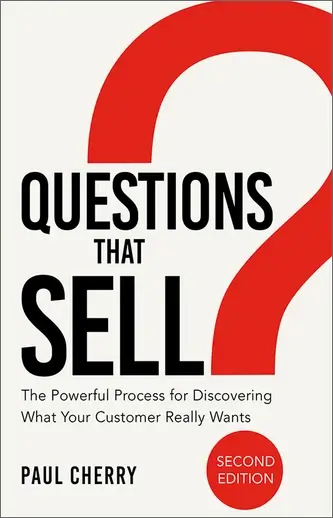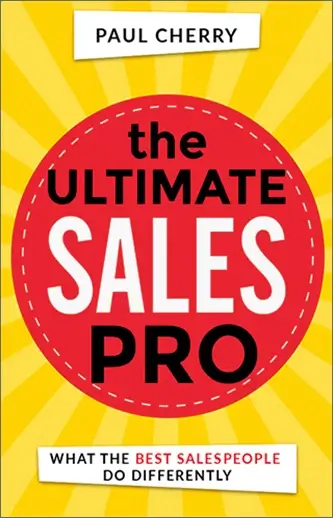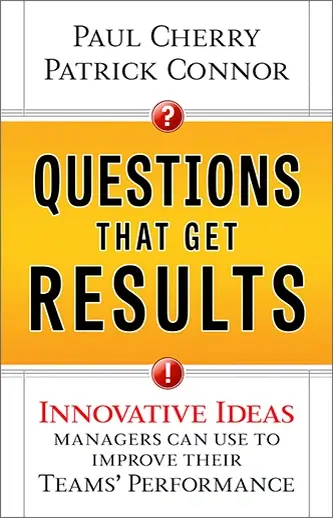Asking questions by leaving messages in people’s voicemail is tough, but not impossible. Sure, we’ve all had days spent almost entirely on the phone, leaving voicemails for prospective and current customers but getting no responses. If you use it effectively, however, voicemail is a great way to leave a brief but useful message for a prospective customer, or use a question as a teaser that leaves your prospect eager to learn more about what you can offer.
8 Tips for Leaving Powerful Voicemail Messages
1. Develop a script. Like many salespeople, you might fear that scripts will stop you from thinking creatively and speaking in a conversational tone. Think of scripts as road maps to guide you and help you stay focused. Writing a voicemail script crystallizes your thinking to clarify the key points you want to convey. Professional actors use scripts so they can put more energy into their voices and body language. Advertising pros emphasize key words to spark prospects’ emotions and make them respond. So why not scripts for salespeople?
2. Keep voicemail messages short and simple. A good voicemail should be about 30 seconds and not more than 45 seconds. The average person speaks 150 words per minute. A 30-second voicemail message is about 75 words. You can pack key points of information into that time frame. Don’t try to squeeze in too much. Hit home one point you want to make and see if it jolts your prospect into action. If not, change your message for your next callback.
3. Don’t leave your prospects thinking they have all the time in the world to call you back. Create a sense of urgency and give them explicit time frames when you are available. For important prospect callbacks, let them know the windows of time you are available. After all, you’re a busy professional in high demand, so your voice must communicate those qualities.
Example: “Hi, __________, this is__________ from XYZ Unlimited. The best time to reach me is today from 2:00 to 5:00 P.M., and tomorrow from 8:00 A.M. to 1:00 P.M. My number is__________.”
If they don’t call back, no tragedy; hey, we’re all busy. However, because you’ve given a specific time frame when you’re available, you’ve just given yourself permission to call the next day and try again. By now you have enough common sense and know from personal experience not to harass a prospect. If you feel you’re making a pest of yourself by calling too much, well, perhaps you are. Use your discretion, back off, and try other means of communication.
4. Use teasers. State in your voicemail that you are sending an article, book, tool, or anything valuable to them. No, not a brochure, a mug, or mouse pad—that’s of value to you. By sending something of interest to help them enhance their work environment, job, or career, you’re positioning yourself as a consultant and advisor. That way, when you follow up, you’ll have a neutral reference for discussion purposes. You’ll have positioned yourself as a credible source who understands their issues, and your prospects won’t feel like you’re ready to pounce on them and start selling.
5. Hit their problems. It’s important to focus on what you can do to help your prospects become better at, resolve, fix, gain more control, eliminate a risk, save time/money, or make their job easier. From your experiences with other clients, try to hit one or two of these issues. If they don’t respond, you didn’t touch the right hot button, so touch others in your next voicemail. If there’s still no response and you’ve exhausted your options, your prospect doesn’t recognize a need, even if you do.
6. Benchmark your progress. As the saying goes, if you’re not measuring, you’re not managing your progress. Document what’s working. When certain messages aren’t working and the numbers show it, try different approaches. Be willing to test, test, and test again.
7. Get deeper, broader, and higher. There are lots of influencers, decision-makers, and knowledgeable sources to help guide you and reach the right people. If you keep calling the same contacts only to get lackluster results, look elsewhere.
8. Don’t lose focus. Your efforts shouldn’t be limited to leaving powerful, engaging, thought-provoking voicemails to make prospects say “Wow!” It’s about breaking through to these elusive people to engage them, qualify the opportunity, identify their needs, understand their problems, and offer viable solutions to help their success skyrocket.
Follow these eight rules, and there’s a much better chance that your voicemail messages will be the seeds that blossom into new business relationships for you and your company.






